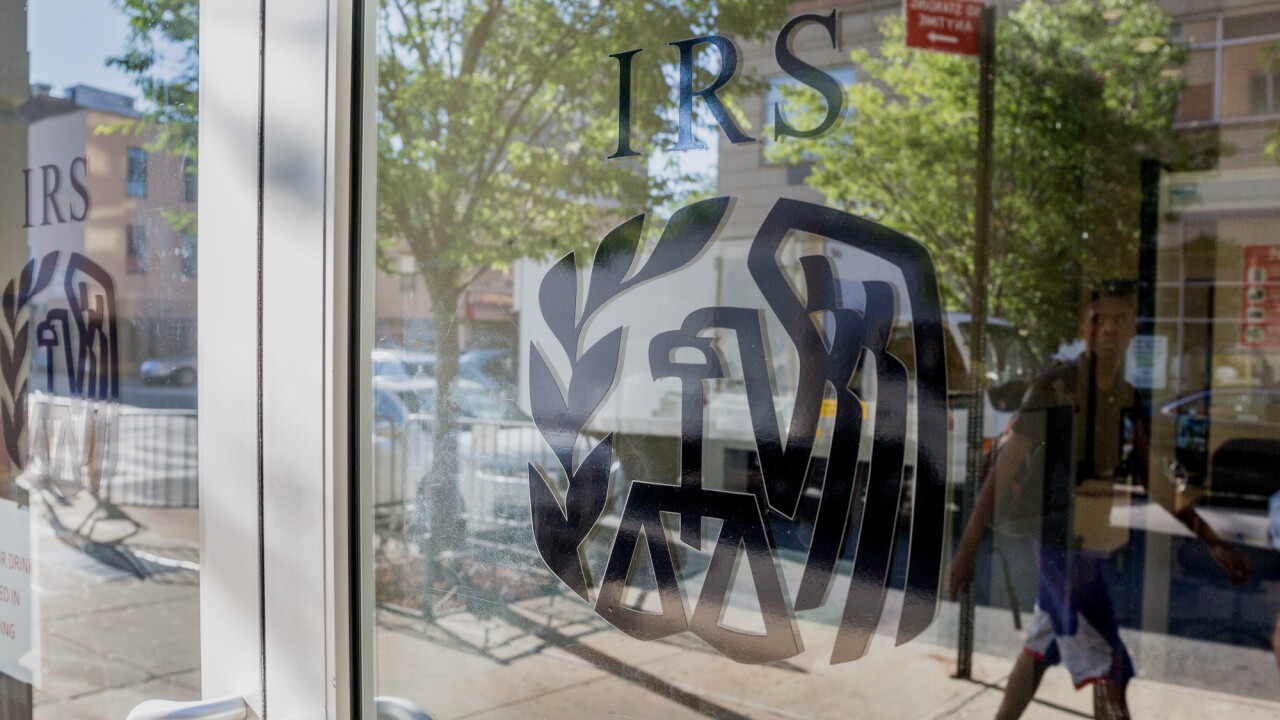Taxpayers can’t fill their own teeth or cut their own hair, yet in recent years at least some 30 million Americans filed their tax returns from home computers, an increasing trend.
Earlier this year a GoBankingRates survey revealed that 43 percent of Americans now file taxes “from the comfort of their home.”
“A ‘digital tax-prep tool’ is the most popular option among tax filers, with more than a third … of survey respondents saying this is the method they use,” surveyors reported. “Tax-filing software is a popular option most likely due to the lower costs associated with filing digitally, as well as the ease of using a program to automate calculations and file online.” Only 28.5 percent of respondents said an accountant files their taxes.
“There’s been a DIY trend in many industries because people are trying to conserve money,” admitted Enrolled Agent Jennifer Brown at Implex Tax & Accounting in Clearfield, Utah.
That supposed “ease of use” seems to motivate many self-filers. “Many people who self-file believe they can buy software and it will automatically prepare a correct return,” says G. Faith Owens, an EA at Grade A Business Services in Glendale, Ariz. “And it will if that person has a clear understanding of their own source documents, accounting and the question presented on the screen.”
“Have you ever sat down and seen how long it takes people to use software such as TurboTax?” said Michael Deininger of Deininger & Co. in Kenosha, Wis. “A return that I could have input, printed and e-filed in five minutes [can take] 90 minutes to complete on TurboTax, and then you can’t see the completed return until you e-file. I don’t see self-filing cutting into my business, but I charge a minimum of $250 a return so I can devote myself to my existing clients.”
‘Not even close’
“The main reason I am concerned about the increase in self-filing is that they are wrong wrong wrong!” said Terri Ryman, an EA at Southwest Tax & Accounting in Elkhart, Kansas. “I can’t imagine how much money the IRS is unable to collect because of the antics of self-filers. They post on the wrong forms and lines, don’t pay SE tax when required [and] take ridiculous deductions that are not even close to tax law.”
“I’m concerned for those who self-file in that the code is getting so complex that they’ll find themselves in situations of hearing from the IRS,” said Twila Midwood, an EA at Advanced Tax Centre, in Rockledge, Fla. “I am not concerned that it will cut into my practice. We may prepare fewer returns but may [also] find ourselves helping more taxpayers who’ve received correspondence from the IRS.”
Representation work is proving just one of the unintentional benefits for preparers from self-filing. “Although I’ve had folks do their own returns in the last five to 10 years,” Ryman said, “inevitably they end up coming to me with the mandatory IRS letter, not understanding what they did wrong. And once burned, they usually end up using our services from then on.”
EA John Dundon, of Taxpayer Advocacy Services in Englewood, Colorado, applauds and encourages DIY filers. “More people doing their own income tax preparation,” he said, “means more audit and appeal representation work in the future for me.”
Ryman noted that such added services as representation have reduced prep to only about 40 percent of her practice.
Show them the value
Brown sees a few varieties of DIY filers –- and noted some ways to turn them into paying clients.
“The ‘changers’ come in whenever they have a change, see how we handle it and then go back to self-preparing,” Brown said. “If we build a good relationship with these clients, at some point they’ll stop doing it themselves or they’ll refer others that don’t want to do [taxes] themselves.
“‘Fixers’ are the ones that have us fix what they’ve messed up,” Brown added. “They usually become great clients after their first IRS scare. The ‘not a chancers’ would never consider doing it themselves.”
Brown’s point? “There are a lot of different types of clients out there. If we show them value in what we do and educate them on why they need us, we will always have enough clients.”
Added Owens, “I spend more time now educating my clients about their own errors after the fact then preventing the errors up front. Often, untangling those errors will require more work than to have prepared the return correctly in the beginning, so those self-filers are actually adding to my billable hours and bottom line.”




